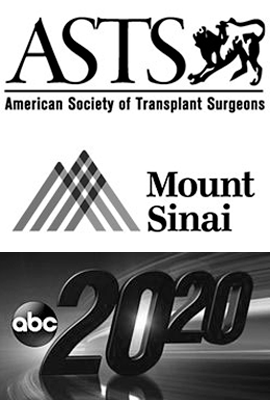Vascular Stenting: What You Need to Know

Vascular stenting is a minimally invasive medical procedure used to treat narrowed or blocked blood vessels, restoring normal blood flow and preventing serious complications such as heart attacks, strokes, and limb ischemia. Understanding the basics of vascular stenting is essential for patients who may be considering this treatment option or have been recommended it by their healthcare provider. Here is what you need to know about this vascular procedure.
What is Vascular Stenting?
Vascular stenting involves the placement of a small mesh tube called a stent into a narrowed or blocked blood vessel to hold it open and improve blood flow. The stent acts as a scaffold, supporting the walls of the blood vessel and preventing it from collapsing or becoming blocked again. Vascular stenting may be recommended for a variety of medical conditions, including:
- Peripheral Artery Disease (PAD): Narrowing or blockage of arteries in the legs or arms due to a buildup of plaque (atherosclerosis).
- Coronary Artery Disease (CAD): Blockages or narrowing of the coronary arteries supplying blood to the heart muscle, which can lead to angina (chest pain) or heart attacks.
- Carotid Artery Disease: Narrowing of the carotid arteries in the neck, which can increase the risk of strokes.
- Renal Artery Stenosis: Narrowing of the arteries that supply blood to the kidneys, which can lead to high blood pressure or kidney damage.
The Vascular Stenting Procedure
The vascular stenting procedure is typically performed in a hospital or outpatient setting and involves the following steps:
- Preparation: The patient is given local anesthesia to numb the area where the stent will be placed. In some cases, sedation or general anesthesia may be used to keep the patient comfortable during the procedure.
- Guidewire Placement: A thin, flexible guidewire is inserted into the narrowed or blocked blood vessel under X-ray guidance.
- Balloon Angioplasty: A small balloon catheter is threaded over the guidewire and positioned at the site of the blockage. The balloon is then inflated to widen the narrowed artery and improve blood flow.
- Stent Placement: Once the artery has been widened, the stent is inserted into the artery and expanded using the balloon catheter. The stent remains permanently in place, holding the artery open and allowing blood to flow freely.
After the stent has been placed, the balloon catheter is removed, and the blood vessel is checked to ensure that blood flow is restored. The incision site is then closed, and the patient is monitored for a short period before being discharged home.
Benefits of Vascular Stenting
Vascular stenting offers several benefits compared to traditional surgical procedures, including:
- Minimally Invasive: Vascular stenting is minimally invasive, meaning it requires only small incisions and does not involve open surgery. This results in less pain, faster recovery times, and reduced risk of complications compared to traditional surgical procedures.
- Effective: Vascular stenting is highly effective in restoring blood flow to narrowed or blocked arteries, relieving symptoms, and reducing the risk of serious complications such as heart attacks or strokes.
- Versatile: Vascular stenting can be performed in various locations throughout the body, making it a versatile treatment option for a wide range of vascular conditions.
Vascular stenting is a valuable treatment option for patients with narrowed or blocked blood vessels, offering effective, minimally invasive relief from symptoms and reducing the risk of serious complications. By understanding the basics of vascular stenting and discussing the procedure with their healthcare provider, patients can make informed decisions about their treatment options and take steps to improve their vascular health. Dr. Alan Benvenisty, MD, is a highly respected vascular surgeon who offers vascular stenting as one of the treatment options for various vascular diseases. Contact our office in NYC to schedule a vascular stenting consultation with Dr. Benvenisty.
Posted on behalf of
440 West 114th St, Second Floor
New York, NY 10025
Phone: (212) 523-4706
Monday & Friday 9:00 AM – 5:00 PM







